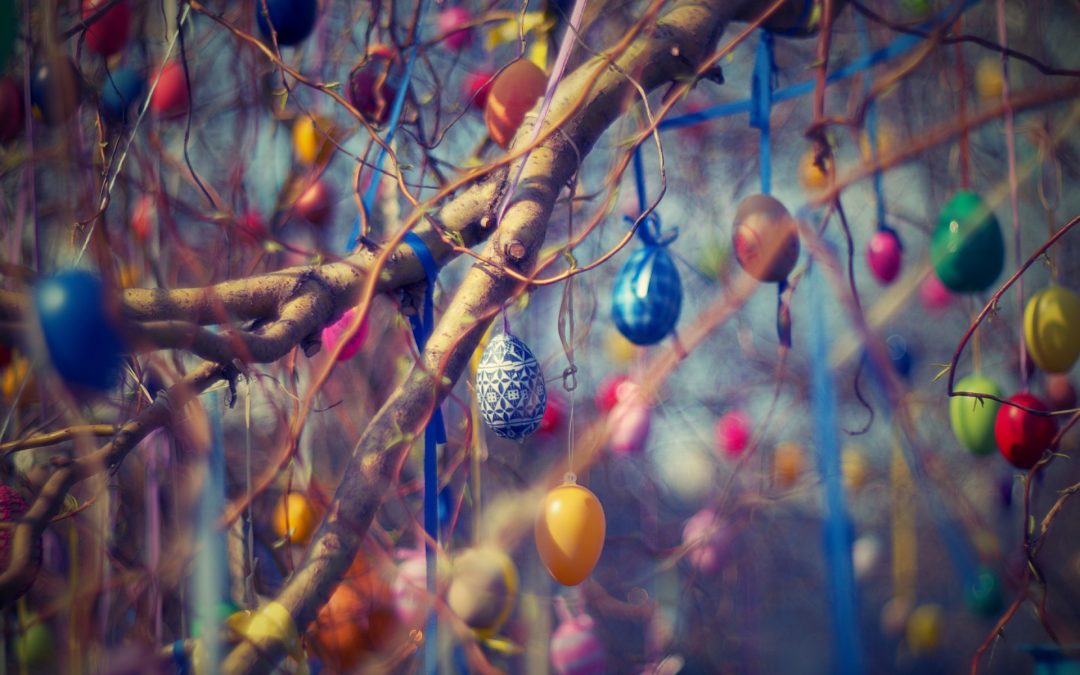Sprinkling (locsolkodás)
The Easter tradition of sprinkling women (locsolkodás) on Easter Monday with water or perfume actually dates back to the pagan times and fertility rites. It may also be associated with baptism.
The basis of the hungarian custom is that women are considered flowers, who will wither without the yearly proper sprinkling and they believed the water had the effect of cleaning and fertility. Originally men threw a bucket of cold well water over women of marriageable age or dipped them in a local stream. Today, men still do the “sprinkling” but mainly with perfume instead of water, although there are apparently villages where you can still find the original tradition intact.
The women dress in their best and await the unannounced arrival of their visitors. Men then ask the women if they can sprinkle them in the form of a “sprinkle poem” and if they get a yes, they pour the bucket of water on them. Younger girls often have a friendly competition on who gets the most sprinklers. The men are then awarded with painted eggs, home-baked cookies and a drink.
Men will often still search for days to find the funniest -or in some cases the most suggestive- poems. This can lead to a fun competition between men too: whose poem makes women laugh the most.


“A SPRINKLE POEM”
I’m waiting patiently in front of your door,
Painted eggs are what I’m asking for,
They better be big and they better be red,
Or I’m taking away your daughter instead!
PAINTED EGGS (Hímes Tojás)
These decorated eggs are the heart and soul of the Hungarian Easter Holiday.
Eggs represent the season (spring) and the new life of the plants that wake up after the winter sleep. Eggs are painted with vibrant colors generally depicting the rising sun and the northern light. Eggs are hard-boiled eggs coloured with bright red to indicate the blood of Jesus that was spilled.
The hungarians use different techniques to decorate their eggs, but the most popular is wax resist-dyeing. Intricate patterns are painted on eggs with hot wax, creating beautiful quilt-like patterns in the dye.
Another method is batik where you simply apply leaves to the eggs tightly, immerse the egg in dye, and when you remove the leaves, they will leave behind a clear area where the dye did not colour the egg.

